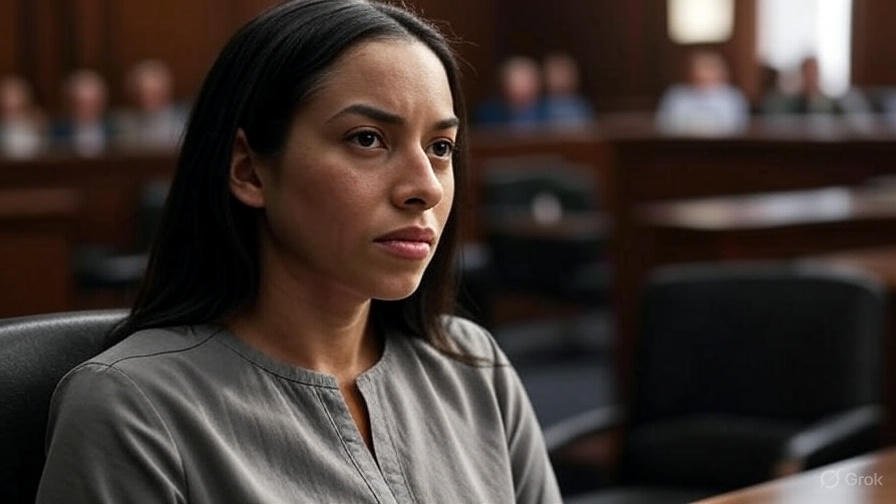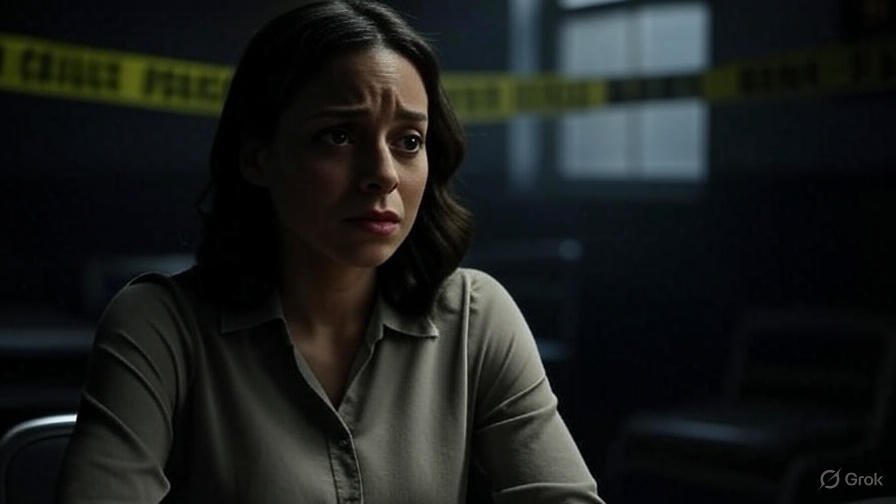Crime Shocking the Nation with Jodi Arias Trial Photos
Someone found Travis Alexander dead in his home. The attack included 27 stab wounds and a gunshot. The prosecution claimed Arias planned the murder. Jealousy and obsession drove her actions. The crime scene visuals revealed the brutality. They showed blood-soaked areas in his bathroom. These images countered Arias’ self-defense claim. The trial began in January 2013. It ended with her conviction in May 2013. Media coverage intensified public fascination.
The courtroom evidence featured in news reports. They supported the prosecution’s narrative of premeditation. Photos of Arias and Alexander together added weight. They highlighted their volatile relationship. Legal analyst Juan Martinez noted their importance. He said they proved a motive of betrayal.
Key Jodi Arias Trial Photos Defining the Case
Several crime scene images stood out. They played a key role in the prosecution’s strategy. The jury saw these visuals during the trial. They sparked widespread media discussion. The key photos included:
- Crime Scene Images: These showed bloodstains in the shower. They illustrated the violence’s extent. They challenged Arias’ defense.
- Autopsy Photos: These depicted Alexander’s injuries. They included stab wounds and a gunshot. Forensic experts testified to the attack’s intent.
- Personal Photos: These captured Arias and Alexander together. Some were intimate. They suggested jealousy on Arias’ part.
- Timestamped Camera Evidence: A camera in Alexander’s machine provided these. They showed Arias dragging his body. Timestamps contradicted her story.
 These images secured Arias’ conviction. They also raised ethical debates. The trial’s televised nature fueled the controversy. Online circulation boosted the case’s notoriety.
These images secured Arias’ conviction. They also raised ethical debates. The trial’s televised nature fueled the controversy. Online circulation boosted the case’s notoriety.
Media’s Role with Jodi Arias Trial Photos
Media amplified the courtroom evidence. Networks like HLN and CNN broadcasted them live. X played a big role in spreading the images. Prosecutors presented Arias’ social media posts. They indicated emotional instability. These posts, with the visuals, painted a picture. They showed a troubled relationship ending in tragedy.
In 2025, the crime scene visuals resurface online. True crime fans analyze them on X. They seek insights into Arias’ motives. Dr. Jane Smith noted their precedent. She highlighted their use in modern trials. The photos balance justice and sensationalism.
Legal Battles and Recent Evidence Developments
Appeals and Scrutiny of Jodi Arias Trial Photos
Arias remains incarcerated in 2025. She serves a life sentence. This follows the murder of Travis Alexander. In 2019, she sought to overturn her conviction. Her team cited prosecutorial misconduct. They questioned the images’ admissibility. The Arizona Court of Appeals upheld the ruling in 2020. Her attorneys filed more motions. They argue the visuals biased the jury.
Mark Geragos, a defense attorney, agrees. He sees the images as contentious. Courts maintain their necessity. They prove the crime’s severity and intent. X posts show ongoing debate. Some users defend the visuals’ use. Others call them sensationalized.
Impact on True Crime with Courtroom Evidence
The trial left a mark on true crime. The courtroom evidence fuels this impact. Documentaries and podcasts reference them. A 2024 Lifetime film, Jodi Arias: Unraveled, explored them. Experts commented on their trial role. The images spark ethics discussions. Critics question their exploitation of tragedy.
Why Jodi Arias Trial Photos Still Resonate
The Jodi Arias trial photos tell a powerful story. They influenced the jury and public. They show technology’s role in investigations. Timestamped evidence and social media matter. True crime media keeps them relevant. They remind us of violence’s cost. The case will resonate for years.
These images offer a window into the case. They highlight justice’s complexities. Online communities keep discussing them. The visuals stay central to the narrative.




